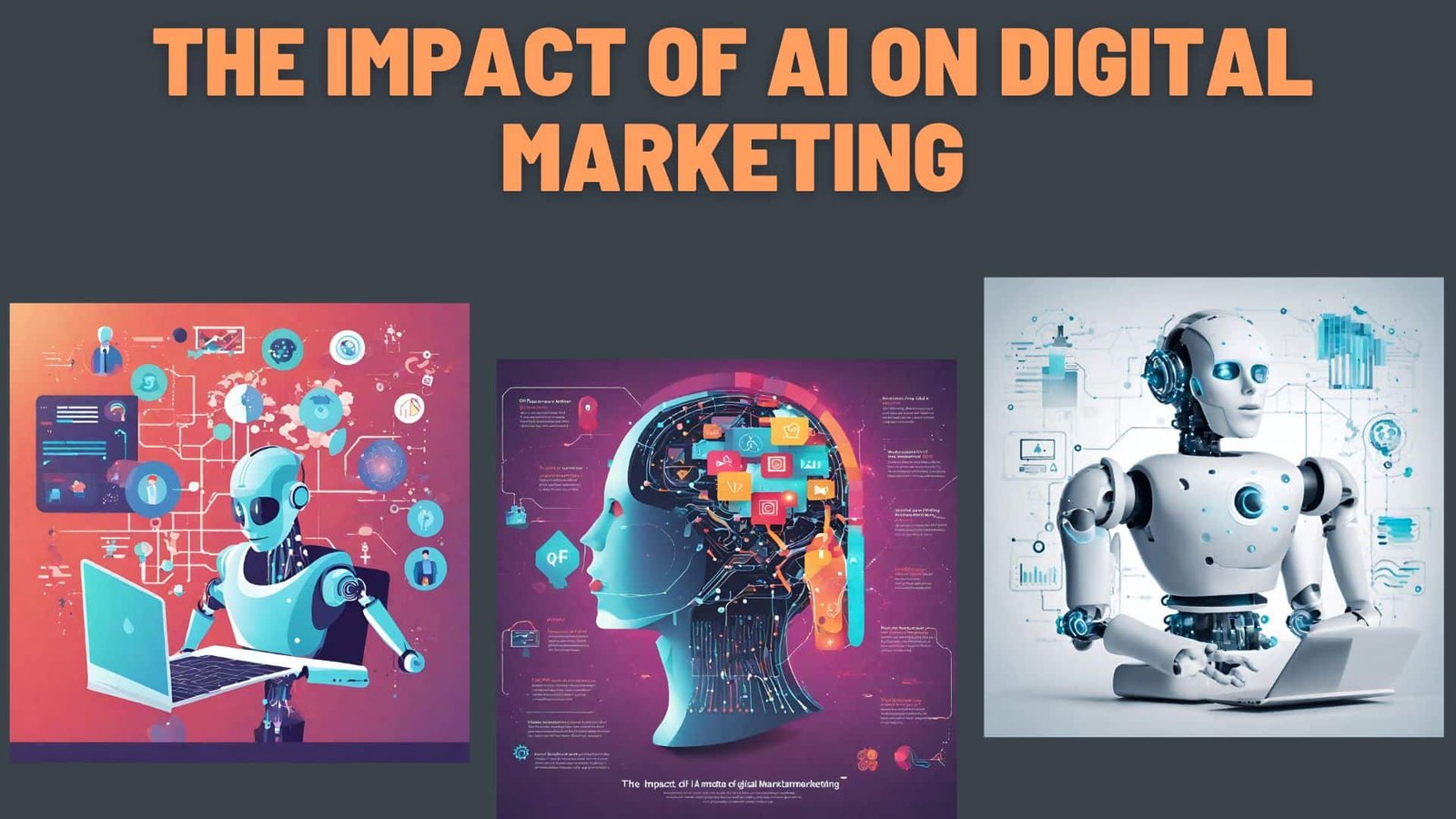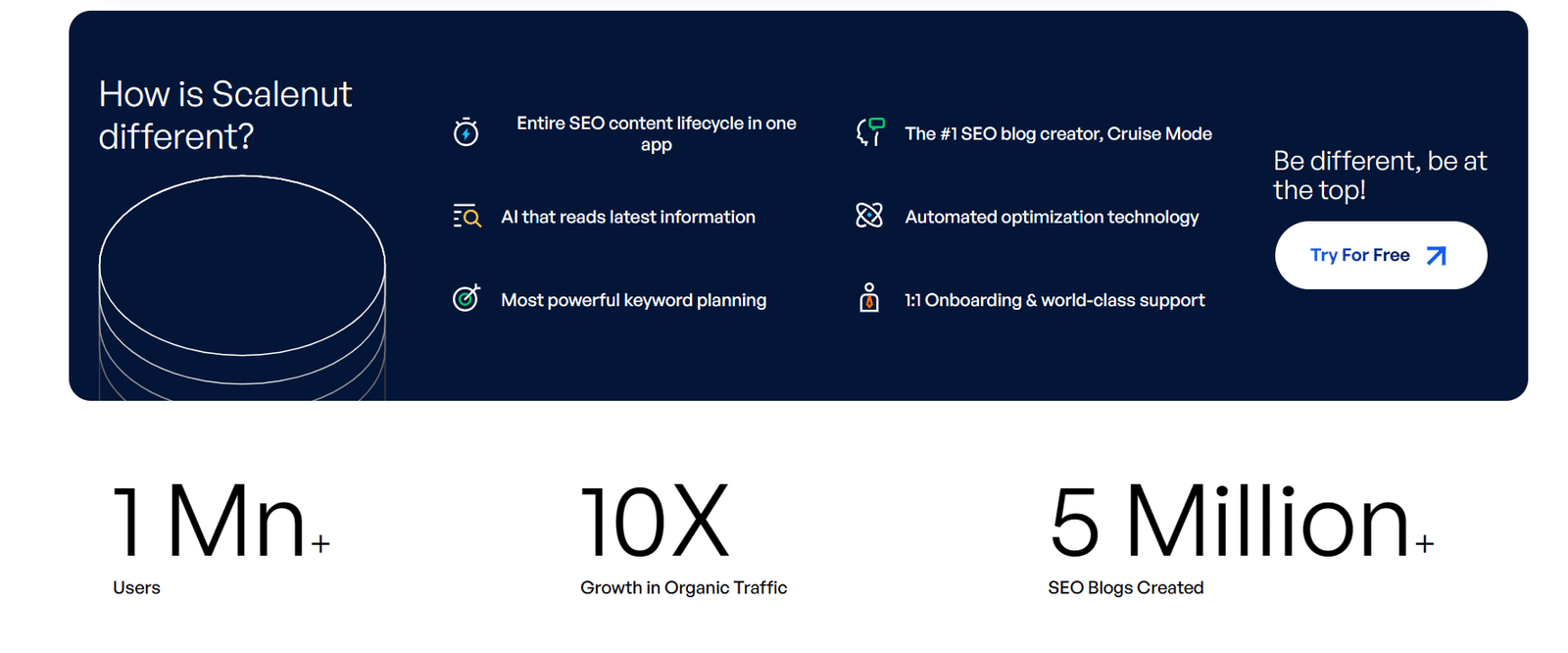Email marketing results in small businesses to connect with customers. Moreover, it works very well with social media and online endorsements. Unfortunately, for small business owners, email marketing is overwhelming.
Brands use email marketing to personalize communication. Therefore, you can reach customers affordably. Thus, the business stands out. The guide below is for beginners. It explains why email marketing is important. You will learn how to track success as well. Here are the top marketing strategies for beginners.
The Power of Email Marketing for Small Businesses
Despite the daily use of online communication, the place of email marketing has not changed. Moreover, the return on investment is quite high. Therefore, small businesses must not ignore email marketing.
Emails provide a direct line to your audience’s inboxes, where they’re often more receptive to your message. Email marketing also gives you a fair amount of control over your brand’s voice and design. As a result, you can create a consistent and compelling image with your subscribers.
The online tool is powerful and versatile! You can use it to introduce new services. Secondly, run the tool for a limited time offer. You can update the audience as well. Brands speak directly to the customers throughout the journey.
Nowadays, many companies are using AI for email marketing. AI provides lots of benefits for businesses to set up successful marketing. You can learn about the impact of AI in email marketing.
Why Email Marketing Matters: Benefits and Statistics?
Email marketing offers an array of benefits. The personalized interface allows you to track customer engagement in real time. On the other end, consumers prefer email. It is the primary means of communicating with businesses.
Statistics further solidify its significance:
- 26% more customers will open emails with personalized subject lines.
- 91% of marketers use email to generate leads.
- 45% of customers like receiving updates from their favorite brands.
Getting Started: Setting Up Your Email Marketing Strategy
Building a robust email marketing strategy is crucial. As a result, you can use digital marketing for uncountable benefits. Therefore, brands must study email marketing to match business goals.
Understanding Your Audience with email marketing
Before you send your first email, it’s crucial to understand who you’re sending it to. Therefore, build an accurate personality that compliments your marketing direction.
Email marketing must match the preferences of your audience. Furthermore, the type of content and email frequency also matters. Next, the incentives and prompts have the desired action.
Choosing the Right Email Marketing Platform
Foremost, you must select the right email marketing platform. It should align with your strategy. Furthermore, a user-friendly platform benefits the beginners. Therefore, look for platforms that offer a range of features. You can use custom templates, list management, and email automation.
Setting Clear Goals for email marketing
Thirdly, you must define email marketing expectations. Increasing sales and building brand awareness are common goals. Thus, clear objectives help measure success. Next, you can track open rates and online conversions. Lastly, adjust email marketing strategies for improvement.
Creating Engaging Content with email marketing
Next, write clear and concise emails that grab attention. Use short sentences and simple words. Furthermore, personalize messages for relevancy. Moreover, a strong call to action tells readers what to do next. You can also mix images to keep emails visually appealing.
Testing and Improving Campaigns
Test different subject lines, email designs, and sending times. Do testing to see what works best. Subsequently, analyze results and make changes based on the data. Regular improvements help you send better emails. You enjoy better outcomes.
Email Marketing Strategies for Growth
Brands grow email list with sign-ups. Online marketers offer discounts or free resources to attract subscribers. However, you can divide contacts to simplify matters. Furthermore, you can remove inactive emails to update the list. It will improve email performance and engagement.
Opt-In Forms and Landing Pages
Next, opt-in forms are the gateway to your email list. They are prominent on your website and simple to complete. Secondly, the forms make it clear what subscribers can expect from your emails. Landing pages, on the other hand, are for a specific campaign or offer. Nonetheless, they are equally persuasive in their call to action.
Creating Lead Magnets
Firstly, brands must encourage visitors to share their email addresses. However, you need to provide something valuable. Lead magnets can take many forms. Brands can use e-books and infographics. Webinars or free trials are popular. In short, offer something your audience eagerly desires. Do something that addresses their problems or answers their questions.
Automating Email Sequences
Finally, email automation saves time and improves engagement. Set up welcome emails for new subscribers. You can send follow-up emails based on user actions. Automate promotional campaigns to boost sales. Furthermore, use personalized content to keep emails relevant. A strong automation strategy nurtures leads and builds customer relationships effectively.
Designing Clear Call-to-Action Buttons
Your call-to-action (CTA) buttons should be easy to find. Use words like “Get Your Free Guide” or “Subscribe Now.” Make buttons stand out with bold colors. Place the buttons strategically on your website and emails. As a result, the CTA increases sign-ups. Conversions grow.
Crafting Emails: Best Practices and Tips
Writing effective emails requires strategy and clarity. Therefore, your content should engage, inform, and drive action. You can use simple language and a friendly tone. Keep emails concise and visually appealing. As a result, personalization boosts engagement and builds trust. Here is the breakdown
Writing Effective Subject Lines and Content
Subject lines are the first and only impression your email gets to make. Therefore, make them attention-grabbing without false advertisements. The content of your email should provide value. In other words, email marketing works best when it offers information, entertainment, or an offer they can’t refuse.
Types of Emails: Welcome, Promotional, Newsletter
Your email marketing strategy has a specific purpose. Foremost, you can use welcome emails. Set the tone for your brand. Use promotional emails to discuss products or services. Newsletters keep subscribers informed with a broader overview of your content.
Structure Simple Emails
Next, keep your emails easy to read. Brands can use short paragraphs and bullet points. Also, highlight information so readers quickly grasp the message. Avoid long blocks of text that overwhelm subscribers. A clean layout improves engagement and encourages readers to take action.
Optimizing Emails for Mobile Users
Furthermore, most people check emails on their phones. Therefore, ensure your emails look great on mobile. Choose a design that adjusts to different screen sizes. Also, keep subject lines short for better visibility. Make buttons easy to tap. It will improve readability and increase engagement rates.
Encouraging Interaction
Include clear calls to action that guide readers on what to do next. Use “Shop Now” or “Learn More.” However, ask questions. Welcome feedback to start conversations. Encourage social sharing. Add links to emails to increase engagement and strengthen customer relationships.
Adding Visual Elements for Impact
Images, GIFs, and branded graphics make emails visually appealing. In simple terms, they highlight key points or showcase products. Avoid cluttering emails with too many images. Ensure all visuals load properly on different devices. Undoubtedly, a balance of text and visuals will keep readers engaged.
Email Automation: Streamlining Your Campaigns
Automation makes email marketing efficient and effective. It saves time while keeping communication consistent. Furthermore, pre-scheduled emails nurture leads and build relationships. Automated sequences guide subscribers beautifully. With the right strategy, automation helps businesses stay connected and drive long-term customer loyalty.
Examples of Automated Email Sequences
A welcome series introduces subscribers to your brand and what you offer. Also, follow-up sequences prompt action after a subscriber takes a specific step like a purchase or a download. Educational series build trust and position your brand as an authority in the field.
Setting Up Your First Automation
In addition, start with an easy-to-implement welcome series. Plan out a series of emails that new subscribers will receive over the first few days or weeks of their subscription. In short, ensure clarity about actions. Offer incentives for better results.
Optimizing Timing for Better Engagement
Timing plays a crucial role in email success. Send emails when subscribers are most likely to engage. Moreover, test different sending times to find the best results. Automate based on user behavior. Furthermore, study browsing history or past purchases. Emails increase open rates and encourage meaningful interactions with your brand.
Avoiding Common Automation Mistakes
Lastly, automation can backfire if not managed correctly. Therefore, avoid sending too many emails. Otherwise, the brand annoys subscribers. Ensure messages feel natural and not robotic. Moreover, regularly update content to keep it fresh and relevant. Check for errors in triggers and sequences to prevent subscriber frustration.
Measuring Success: Key Metrics to Track in Email Marketing
Email marketing shows results that you can measure. Therefore, study the open rates to click-through rates. In other words, the numbers tell a story. You can assess the campaigns easily.
Conversion Rates
First, open rates impact subject lines. Moreover, click-through rates reflect the appeal of your content. Conversion rates signal the ultimate goal of your email marketing. The business can set the aim of a sale, a sign-up, or another form of engagement.
Using Data to Improve Your Campaigns
Secondly, data isn’t just a report card. It is a roadmap. Therefore, use the information. Study the email analytics. Change your email marketing strategy. Certain types of emails are more successful. Focus on creating more of that content.
Understanding Bounce Rates and Unsubscribes
Bounce rates show how many emails fail to reach inboxes. A high bounce rate may signal issues with your email list. Unsubscribes indicate how many people opt out of your emails. Monitor the numbers closely. Reducing bounces keeps your list healthy. Unsubscribes improves overall results.
Redefining Your Strategy
A/B testing helps improve email performance. The email marketing strategy tests different subject. lines, content formats, and send times. Therefore, you can compare results to see what works best. Adjust strategies based on engagement data. Moreover, continuous testing leads to better emails. You can refine campaigns over time, increase effectiveness, and boost overall marketing success.
Conclusion: Next Steps for Email Marketing
Email marketing is a wealth of insights. Its tools make it possible for small businesses to grow. However, you must take action to ensure a dynamic approach. At the same time, stay curious about your audience. Experiment with different tactics. Next, change course based on what the data is telling you.
For the small business owner, email marketing is everything. Brands connect with customers and grow loyalty. You will experience real and measurable results for your business.
If you are ready to take the plunge, implement the steps detailed in the guide. Email support@bornomalathebd.com if you are feeling overwhelmed or have more questions.
Email marketing is a marathon. Therefore, consult with professionals. You can attend workshops. Moreover, continue learning. Use email marketing as a core part to achieve success today.
Frequently Asked Questions
What makes a good email campaign?
Clear subject lines, engaging content, and strong calls to action. Personalization and good timing improve results.
How often should brands send emails?
Send emails consistently. However, the brand must not overwhelm subscribers. Emailing once or twice works well.
How to measure success?
You can track open rates, click-through rates, and conversions. Moreover, adjust strategies based on data.
How to avoid spam filters?
Firstly, use a verified sender address. Avoid spammy words. Provide value and get permission before sending emails.
How to define email marketing?
Email marketing helps businesses connect with people. You can promote products or update customers. Send emails to build relationship with people online.
Why is email marketing important?
Email marketing keeps businesses in touch with their audience. It increases sales. brands strengthen customer loyalty. Buyers learn about the brand. Plus, it’s a cost-effective way to reach the right people at the right time.
How do you grow an email list?
Brands must encourage people to sign up for something valuable. Use sign-up forms on the website. Give discounts, free guides, or exclusive content as well. Also, share your sign-up link on social media and in blog posts.














